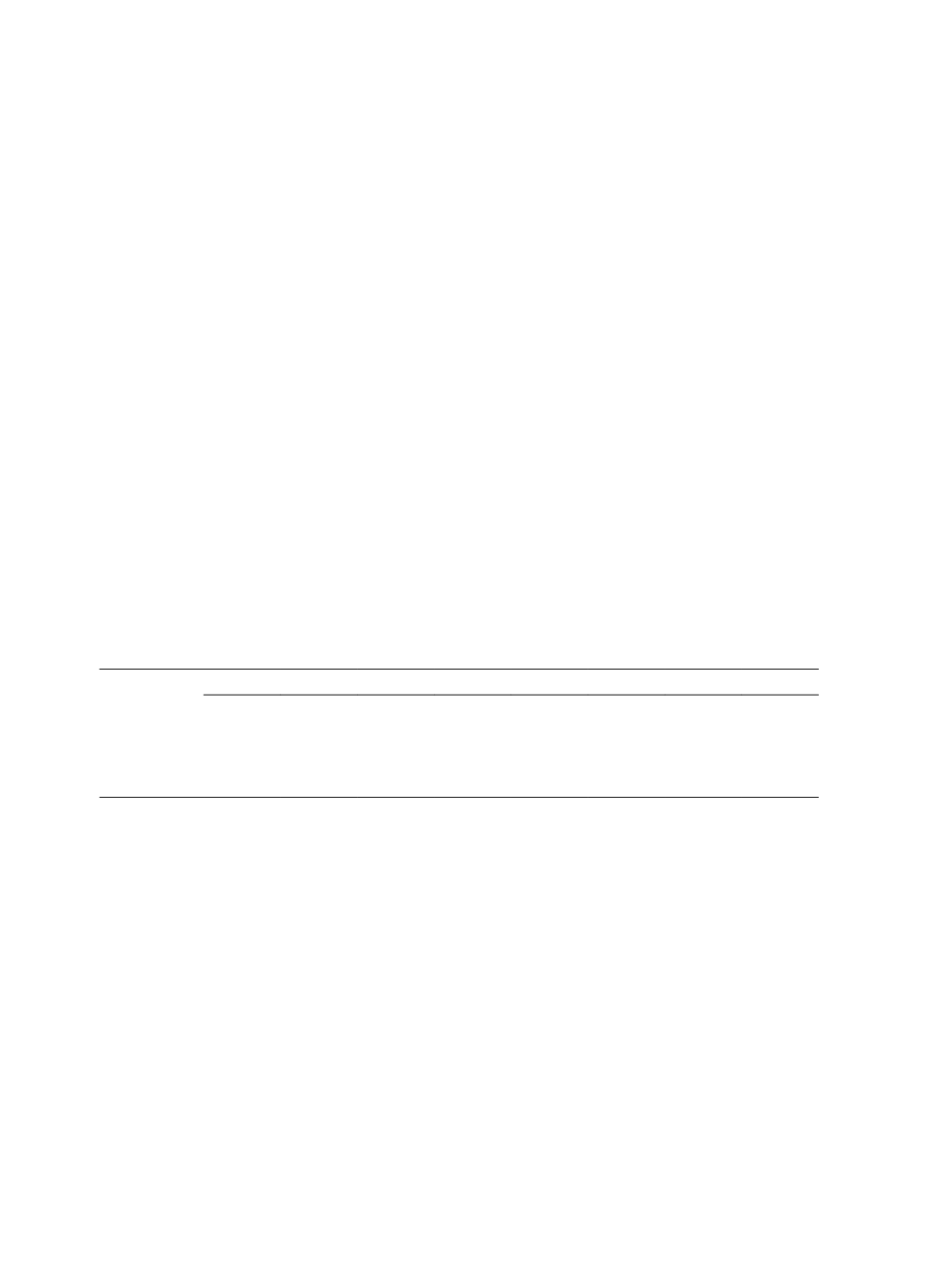

臺大管理論叢
第
27
卷第
2
期
199
using ROC weights are consistent, implying that if there is a lack of experts that can provide
the weights of attributes, using ROC weights can still generate the same or similar results.
When market demand is stable (Scenario i), the result shows that it is better for
company AS to choose supplier A in both types of weights (i.e., experts’ and ROC weights).
In case of disruption, supplier B can be the backup supplier in line. Under the scenario when
market demand is growing (Scenario ii), it is more suitable for company AS to choose
supplier A. For both types of weights, supplier A gives the highest utility. Supplier B is the
second choice after supplier A. However, when market is shrinking (Scenario iii), the result
shows that it is better for company AS to select supplier B. For both types of weights,
supplier B is the preferred one. One main reason why supplier B becomes the better supplier
when market demand is shrinking is the consideration of inventory cost. When market
demand is stable and increasing, inventory cost is not considered important; however, when
market demand is shrinking, the company deems inventory cost more important. Thus, albeit
A is better than or equal to B in most of the attributes and criteria, the weight given to the
inventory cost is large enough to overturn the decision of selecting supplier A.
Table 4 SMART Results under Different Scenarios
Alternative
/Scenario
Experts’ Weights
ROC Weights
A
B
C
D
A
B
C
D
Scenario i
0.9249
0.918 0.8209 0.7603
0.9404
0.9221 0.8699 0.8038
Scenario ii
0.9225
0.8732 0.8167 0.6541
0.9263
0.9132 0.8421 0.7502
Scenario iii
0.8904
0.9153
0.8092 0.7407 0.8895
0.9219
0.8659 0.7895
4.3 SMART Results for Different Risk-Taking Behaviors
This subsection presents the supplier selection results obtained by the proposed method
for different risk-taking behaviors under different market scenarios. Figure 1 shows the
utilities of suppliers for different risk-taking behaviors under market demand Scenario i
(when market demand remains stable). As can be seen, when market demand is stable, most
of the buyers (risk-neutral, risk-seeking, or risk-averse) would select supplier A, while very
conservative buyers (risk aversion factor
r
< 0.5) would choose supplier B.


















